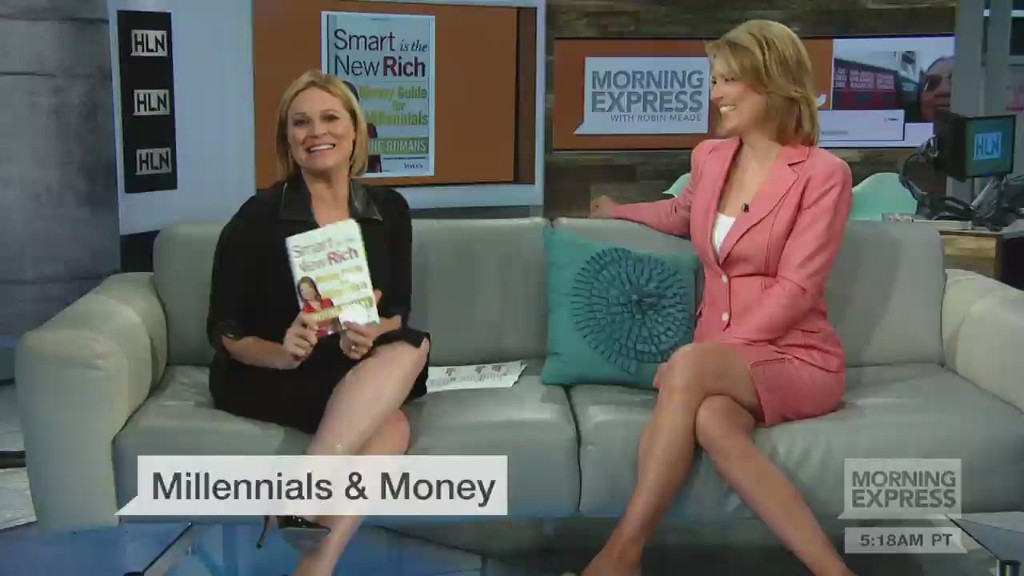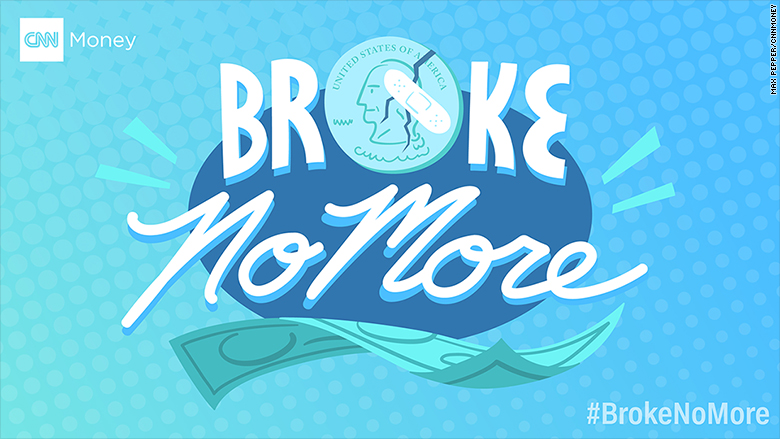
What should you do with your first $1,000 in savings (once you get it)? -- Alyssa
So you've finally started working and managed to save up a little cash. But with so many goals competing for your attention, what should you prioritize?
First of all, congratulations! You're off to a great start. Here are a few of the best ways to save the money and let it grow.
Step 1: Build a safety net
Many financial planners recommend that first-time savers establish a cash emergency fund with the $1,000 before investing because, hey, life happens.
"Life has an uncanny ability to throw financial curve balls," said George Galat V, a financial planner at the Mosaic Financial Partners "Whether that be unexpected car or home repairs, a medical emergency or other odds and ends that crop up."
Open a savings account with the highest interest rate you can find, such as your local credit union or an online bank, which often offer higher rates than brick-and-mortar banks, said Pearce Landry-Wegener, a wealth management advisor at the Summit Place Financial Advisors.
Related: I'm 23. How do I start investing?
Keep adding money to the emergency fund until you've saved enough to cover your expenses for three to six months. Once you have that, you're ready to take the next step.

Step 2: Save for retirement
It's never too early to start stashing away money for retirement. The magic of compounding will give you a pile of cash down the road.
"Although it may feel like an eternity from now, the earlier you start funding these accounts, the longer the accounts have time to grow tax-free," Landry-Wegener said. He recommends investing at least 10% of your monthly income in retirement accounts.
If your job has a retirement plan -- like a 401(k) -- at the very least you should be contributing enough to get the employer match, if your company offers one. Think of the company match as free money. If your company doesn't offer a match, consider a traditional IRA or a Roth IRA.
A Roth IRA is a valuable and flexible vehicle for early-career professionals, according to the pros. It'll grow tax-free, and you can withdraw your original contributions for any reason without tax consequences or penalty (just not the earnings). But you're better off sticking with it for the long haul.
Related: How can I save for retirement if I don't have a 401(k)?
"The word "retirement" is the R in IRA and so it creates the clear distinction that these funds are for retirement -- not for a rainy day spending spree," said Jason Lina, lead advisor at the Resource Planning Group.
To keep things simple, beginners might want to open a Roth IRA at an institution like Charles Schwab or Vanguard and invest in a low-cost index fund such as Schwab Total Stock Market Index (SWTSX) or Vanguard Total Stock Market Index Fund (VITSX), Lina said.
Step 3: Figure out what you want and start investing
A major goal for many people after they start funding retirement is a down payment on their first house or first car.
While investing is a great way to grow your savings, the stock market isn't always the best place to keep your money. A good rule of thumb is that if you're going to need the money in five years or less, keep it in a safe and accessible account like a savings account. If you've got more than five years before meeting your goal, the markets are a good place to park it.
Yes, the stock market comes with some risk, but you can offset that by spreading your money around in a variety of different investments, including some safer assets like bonds.
Related: Where should I stash my down payment savings?
Meanwhile...
Don't be too hard on yourself. It's important to celebrate your accomplishments and reward your discipline once in a while -- without going broke, of course. Landry-Wegener calls it a "yes moment."
"It can be simple, such as a trinket you can put on your desk, a piggy bank or any small item indicating this milestone," Landry-Wegener said. "A 'yes moment' could even be a screen shot of that $1,000 in the bank for the first time, framed on your bookshelf."
Now that you've got something to start with, happy saving!
Send us your money questions for a chance to be featured in Broke no more. Ask us here.
